What Is Lyocell Fabric? Soft, Sustainable And Eco-Friendly Guide
More and more, people want to know what their clothes are made of. Many are looking for better choices, like eco-friendly fabrics. Lyocell is a perfect example of these modern materials. You might have heard about lyocell because it’s known for being incredibly soft and comfortable to wear.
It’s also made in a way that is kinder to our planet. This simple guide will explain what lyocell is, how it’s made, and why it’s becoming a popular choice for clothing and home goods.
1. What exactly is lyocell? Simple definition
Simply put, Lyocell is a type of fabric made from wood pulp, which comes from trees. The wood often comes from eucalyptus wood trees. Eucalyptus is a good choice because these trees grow quickly and usually don’t need much water or harmful pesticides to thrive.
Lyocell belongs to a group called the Rayon Family Fibers. These are known as man-made cellulosic fibers. This means they start with something natural – cellulose (the main part of wood) – but need a manufacturing process to turn that natural material into usable fibers for fabric. Lyocell is like a newer, improved version in this family, especially because of how it’s made.
You might also see lyocell fabric sold under the brand name Tencel™. Tencel™ is a very well-known brand of lyocell, and we’ll explain the difference a bit more later. The key thing to remember is that lyocell starts with natural cellulose from wood. Because it begins as a natural material but is changed through a manufacturing process, it’s sometimes called a semi-synthetic or regenerated cellulose fiber.
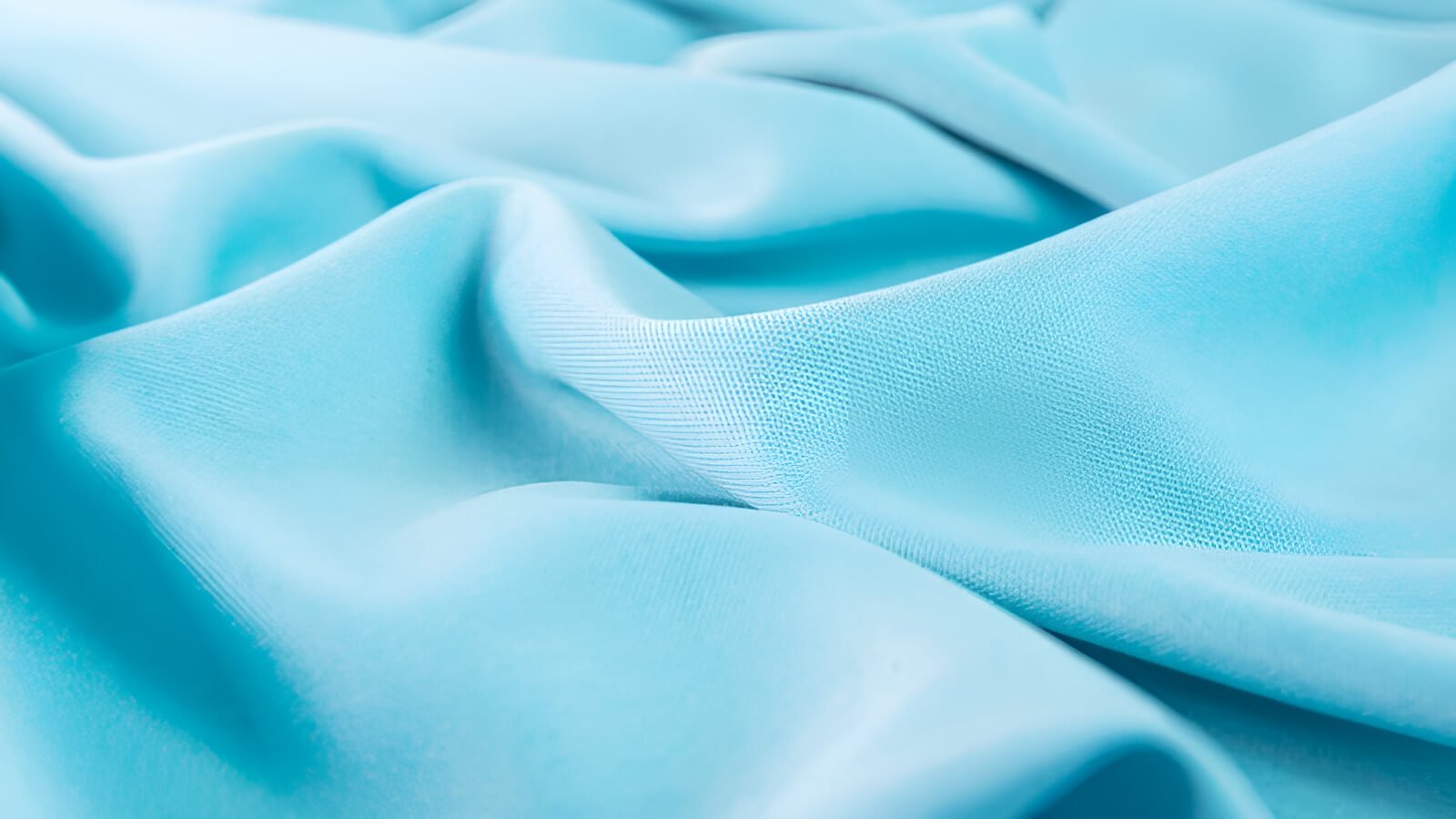
2. How is lyocell made? An eco-friendly way
The way lyocell is made is one of its most important features, especially regarding its environmental impact. Here’s a simple look at the lyocell production process:
- It starts with wood pulp, usually sourced from sustainably managed forests.
- The wood pulp is dissolved in a non-toxic solvent called amine oxide. This solvent is generally considered safe.
- The resulting liquid solution is filtered and then pushed through tiny holes (called spinnerets) to create long, thin strands – these are the lyocell fibers.
- These new fibers are washed in water to remove the solvent.
- Finally, the fibers are dried. They can then be spun into yarn, which is woven or knitted into the lyocell fabric we see in products.
A key part of this process is that it’s closed-loop. This is what makes lyocell production stand out. “Closed-loop” means that the amine oxide solvent and the water used during manufacturing are captured, cleaned, and used over and over again. In fact, over 99% of the solvent is typically recycled in this closed-loop production system.
This advanced method, known as solvent spinning technology, prevents harmful chemicals from polluting the environment and greatly reduces waste, unlike some older methods for making rayon.
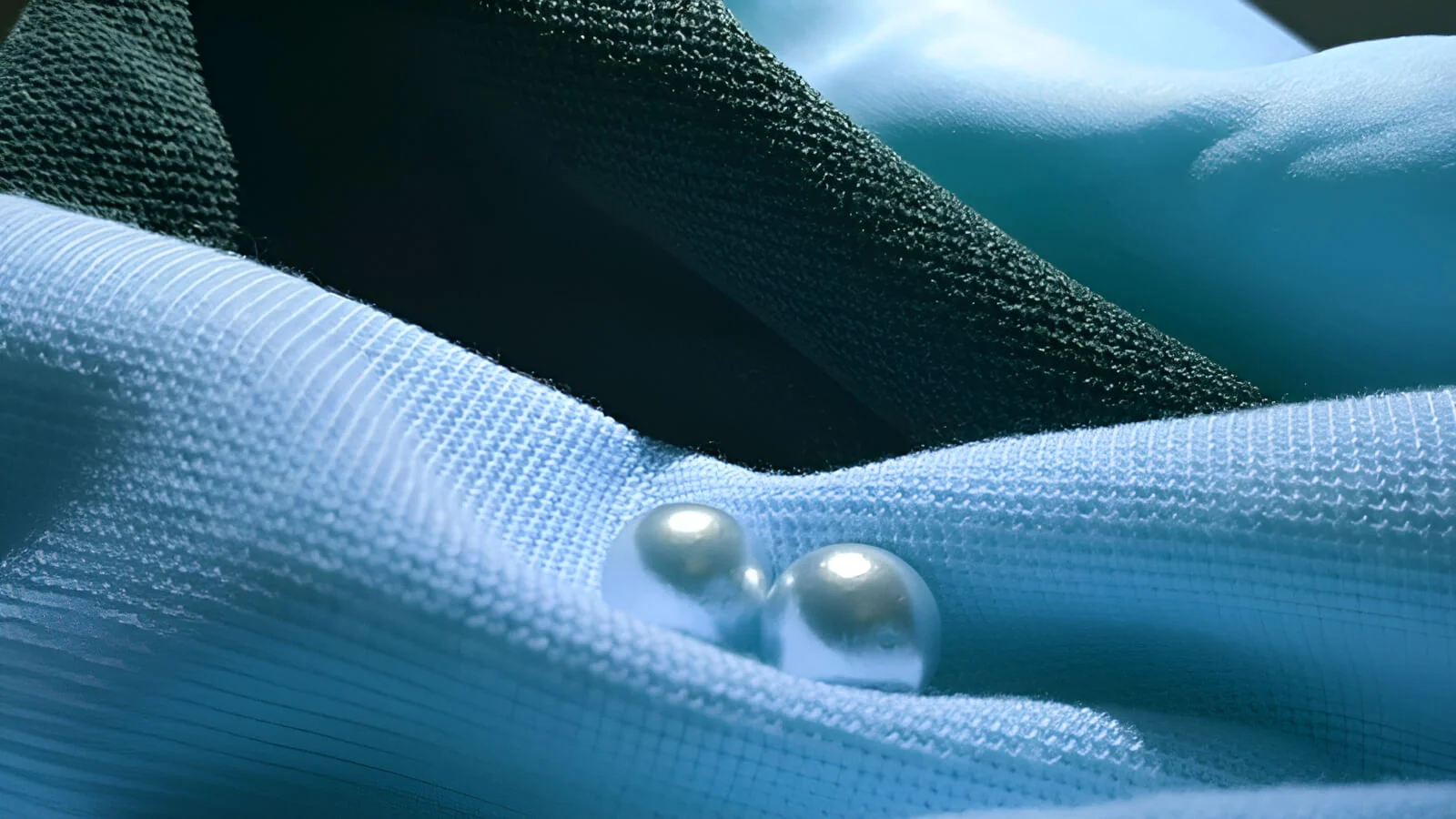
3. What makes lyocell special? Great features
Lyocell fabric has many great qualities that people love. Here are some of its best features:
- Softness: Lyocell feels incredibly soft and smooth against the skin, with a texture many compare to silk or high-quality cotton.
- Breathability: The fabric lets air pass through easily. This helps you stay cool and comfortable, especially when it’s warm.
- Moisture Absorption: The fabric is excellent at absorbing moisture and wicking it away from the skin. It can reportedly absorb 50% more moisture than cotton. This helps keep you feeling dry and comfortable. It also helps prevent bacteria from growing, making the fabric more hygienic.
- Beautiful Drape: Lyocell fabric hangs beautifully. Clothes made from it flow nicely and often look very elegant and flattering.
- Strength: It’s a surprisingly strong and durable fiber that maintains its strength even when wet, outperforming some other rayon fabrics.
- Biodegradable: Because it originates from wood cellulose, lyocell fabric is biodegradable and can decompose naturally under the right conditions (like industrial composting or buried in soil). This adds to its eco-friendly profile.
- Resists Wrinkles: Lyocell tends to wrinkle less than fabrics like linen or standard rayon. It’s not completely wrinkle-free, but it often needs less ironing.
- Takes Dye Well: Colors look deep, vibrant, and last a long time on lyocell fabric because it absorbs dye effectively.

4. Why choose lyocell? The good stuff
So, why should you consider choosing products made from lyocell? Here are the main benefits summarized:
- Eco-Friendly Production: This is a big one. Lyocell is often made from sustainable wood sources. Its production uses the amazing closed-loop process that recycles almost all the solvent and water. It needs less water and energy than conventional cotton. Plus, it’s biodegradable. Choosing lyocell is a positive step for the environment, making it a great choice for sustainable fashion.
- Amazing Comfort: The combination of luxurious softness, great breathability, and effective moisture absorption makes lyocell exceptionally comfortable to wear.
- Gentle on Skin: Because the fibers are smooth and it handles moisture well, lyocell is often hypoallergenic. This means it’s usually a great choice for people with sensitive skin.
- Stylish and Versatile: Its lovely drape and ability to hold bright colors make it perfect for all sorts of fashionable clothing, from casual wear to elegant dresses. It’s also used for luxurious home textiles like bedding.
5. Anything to watch out for? Potential downsides
While lyocell has many benefits, it’s good to know about a few potential downsides:
- Higher Cost: Lyocell items can sometimes be more expensive than clothes made from regular cotton or common synthetic fabrics like polyester. This higher price reflects the more advanced and environmentally careful technology used to make it.
- Can Wrinkle / Fibrillate: Although it resists wrinkles better than some fabrics, lyocell can still wrinkle, and the level of resistance varies by fabric quality. Sometimes, especially after rough washing or wear, the surface of the fabric might develop tiny fuzzy bits, almost like pilling. This is called fibrillation. The quality of the specific lyocell fabric can affect how likely this is to happen.
- Needs Gentle Care: Generally, lyocell needs a bit more care when washing and drying compared to very sturdy fabrics like denim or polyester. Rough handling might cause shrinkage, fuzziness (fibrillation), or make it less soft over time. We’ll cover care tips next.
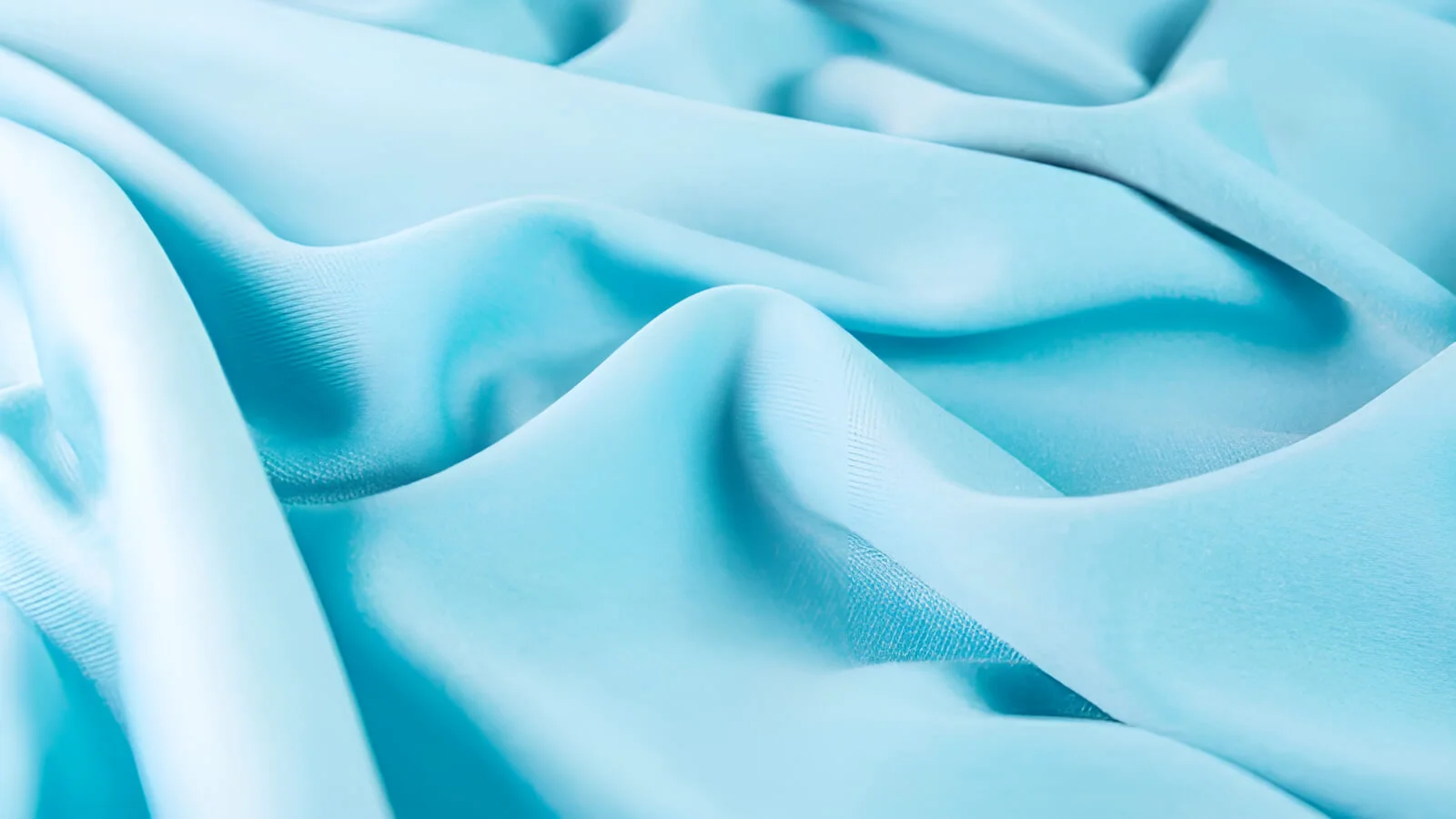
6. Lyocell vs. other fabrics
How does lyocell stack up against other common fabrics? Here’s a simple comparison:
Lyocell vs. Cotton
- Lyocell: Often softer, smoother; absorbs more moisture; better drape; production (especially branded TENCEL™) typically uses much less water and fewer pesticides than conventional cotton; biodegradable.
- Cotton: Strong, widely available, often cheaper; familiar feel; organic cotton is a sustainable option; biodegradable.
Lyocell vs. Viscose Rayon
- Lyocell: Made with the eco-friendly closed-loop process (recycles safe solvent); stronger fiber, especially when wet; more sustainable production overall.
- Viscose: Older production method, can use harsher chemicals with less recycling; weaker when wet; usually costs less. (Note: Both are rayon fibers made from wood pulp).
Lyocell vs. Polyester
- Lyocell: Comes from renewable wood (cellulose); biodegradable; very breathable; absorbs moisture well; soft feel.
- Polyester: Made from petroleum (plastic); not biodegradable; not breathable (can feel sticky); doesn’t absorb water (but dries fast); very durable, cheap, resists wrinkles.
Lyocell vs. Silk
- Lyocell: Plant-based (cellulose from wood); often feels similarly soft and drapes well (“vegan silk”); usually easier to wash (machine washable); biodegradable.
- Silk: Animal-based (from silkworms); unique luxury feel and shine; needs very delicate hand washing or dry cleaning; biodegradable (but animal source).
This table provides a general comparison. Specific fabric properties can vary based on how the fabric is constructed (woven, knit, blended).
7. Where do you find lyocell? Common uses
Because of its great qualities, lyocell is used in many different products:
- Clothing: You’ll find it in dresses, blouses, shirts, t-shirts, trousers, skirts, jumpsuits, light jackets, and even activewear (often blended with stretchy fibers). “Lyocell denim” blends lyocell with cotton for softer jeans. It’s also popular for comfortable underwear and pajamas.
- Bedding: Lyocell sheets, duvet covers, and pillowcases are popular because they feel soft, smooth, and help regulate temperature for comfortable sleep.
- Home Goods: Its high absorbency makes it great for bath towels, hand towels, and soft bathrobes.
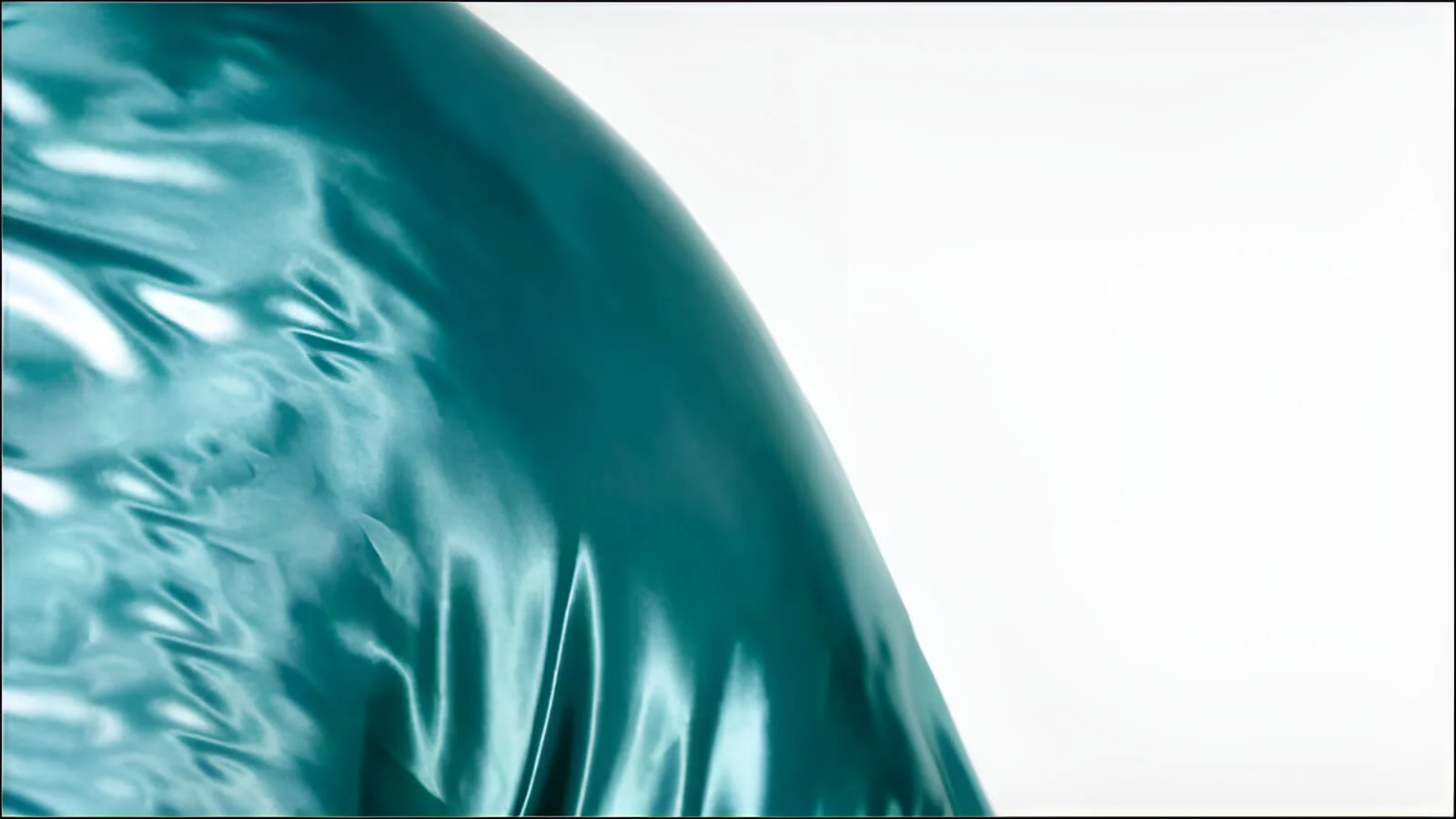
8. Caring for your lyocell items
To keep your lyocell clothes and textiles looking and feeling great, follow these simple care tips:
Always Check the Label First! The care instructions on the specific item are the most important guide.
Washing:
- Method: Choose a gentle machine wash cycle or hand wash.
- Temperature: Use cold water or cool water (max 30°C / 86°F). Hot water might cause shrinking.
- Detergent: Use a mild detergent, ideally one that’s eco-friendly. Avoid harsh chemicals or bleach.
- Load: Wash with similar colors and other delicate items. Don’t stuff the washing machine too full.
- Protect: Consider using a mesh laundry bag. This helps reduce rubbing, snagging, and the chance of fibrillation (fuzziness).
Drying:
- Best Method: Air drying is highly recommended. Lay the item flat on a clean towel or hang it on a padded hanger. Keep it out of direct, harsh sunlight.
- Machine Drying: Avoid the tumble dryer if possible. Heat can damage the fibers or cause shrinking. If the care label says you can tumble dry, use the lowest heat setting (delicate/tumble dry low) and take the item out while it’s still slightly damp to help reduce wrinkles.
Ironing:
- Setting: Use a low to medium heat setting on your iron (often marked as “silk” or “wool”). Using steam can help.
- Technique: It’s best to iron lyocell while it’s still slightly damp. You can also use a pressing cloth (a clean piece of cotton fabric) between the iron and the lyocell item. Ironing on the reverse side (inside-out) helps protect the fabric’s surface.
Bleach: NEVER use chlorine bleach. It will damage the fibers. Check the label about oxygen-based bleaches, but it’s usually best to avoid bleach altogether with lyocell.
9. Is lyocell the same as TENCEL™?
You often hear the names Lyocell and Tencel™ used together, which can be confusing. Here’s the simple difference:
Tencel™ is a brand name owned by the Austrian company Lenzing AG. They use this brand name for their specific versions of lyocell and modal fibers (modal is another type of rayon).
Think of it like this: Kleenex is a famous brand of facial tissues. All Kleenex are tissues, but not all tissues you buy are the Kleenex brand. Similarly, Tencel™ is a leading brand of lyocell fiber. All TENCEL™ lyocell is lyocell, but you might find other lyocell fabrics made by different companies that aren’t branded as TENCEL™.
The Tencel™ label gives you extra assurance. It guarantees that the lyocell fibers were made by Lenzing AG following their very high standards for quality and environmental care. This includes using wood from certified sustainable forests and strictly following their verified closed-loop process for production.
So, while other companies might make generic lyocell, the TENCEL™ brand confirms these specific high environmental and quality standards. In short, TENCEL™ is a trustworthy, high-quality, and verifiably sustainable type of lyocell.
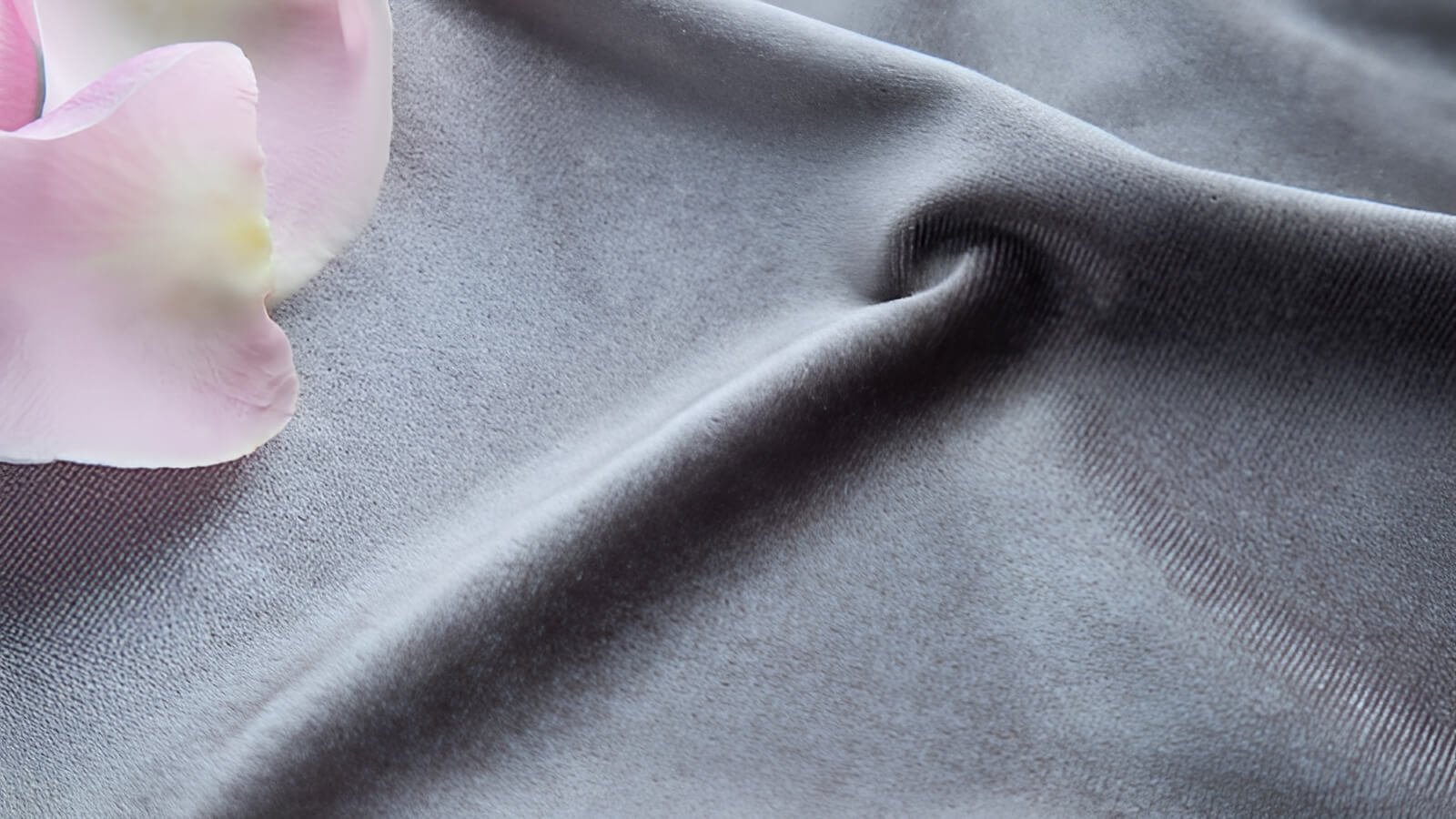
Explore more:
Lyocell is more than just another fabric. It’s a modern material made from renewable wood pulp using an impressive, eco-friendly closed-loop process. People love it for its wonderful softness and comfort – it keeps you cool because it’s breathable and dry because it absorbs moisture well.
The beauty of lyocell is that it offers both benefits: a luxurious feel and performance for you, and a more responsible choice for the planet because it’s sustainable and biodegradable. If you’re looking for high-quality, comfortable clothes or home goods that also align with making more environmentally conscious choices, lyocell (especially brands like TENCEL™) is definitely a fabric worth considering. It’s a great example of how sustainable and eco-friendly fabrics can be both practical and pleasant.






















